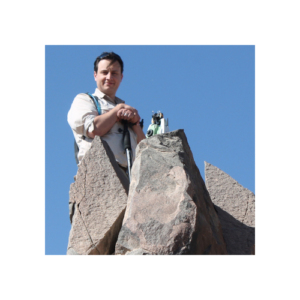Bryan Kraemer
- Fellowship Dates 2012-2012
- Research Topic Abydos as a Place of Ritual Performance and Religious Imagination in Greco-Roman Egypt
- Fellow or Grant Type Bureau of Educational and Cultural Affairs
- Affiliation Pre-doctoral candidate University of Chicago
This research addresses the continuity and changes in religious institutions at Abydos, specifically during the period between the end of the fourth century BCE and the beginning of the fourth century CE. Research demonstrates that Abydos was an important religious center for the ancient Egyptians from predynastic through Late period Egypt. In contrast, knowledge about the cult of Osiris at Abydos during the Ptolemaic dynasty and the first four centuries of Roman rule in Egypt is rudimentary. This research fills the void in the history of Abydos and its role in Egyptian religion. It focuses on the evolution of religious traditions associated with Abydos and the cult of Osiris. Methodologies include firsthand examination of objects in the Egyptian Museum as well as examining monuments in situ in Abydos. This research underscores the continuity of the Temple of Osiris-Khentyimentiu as a religious institution during the Greco-Roman period. It looks for evidence that Abydos held a special status as a kind of “national cemetery,” where people from other parts of Egypt chose to be buried in order to be close to Osiris. Funerary stelae from the Greco-Roman cemetery at Abydos corroborates that some deceased individuals came from towns other than Abydos, but the inscriptions are silent about their places of origin. A detailed examination of these stelae with an eye for their material, artistic composition and decorative and manufacturing techniques will identify patterns associated with local workshops vs. non-local workshops. A second theme considers whether the Festival of Osiris at Abydos during the Ptolemaic period continued the traditions of the festival as it was represented in the texts of the Middle and New Kingdoms. This examination of a largely overlooked episode of the history of this religious center contributes to a scholastic understanding of the sociocultural history and religion of Greco-Roman Egypt.
